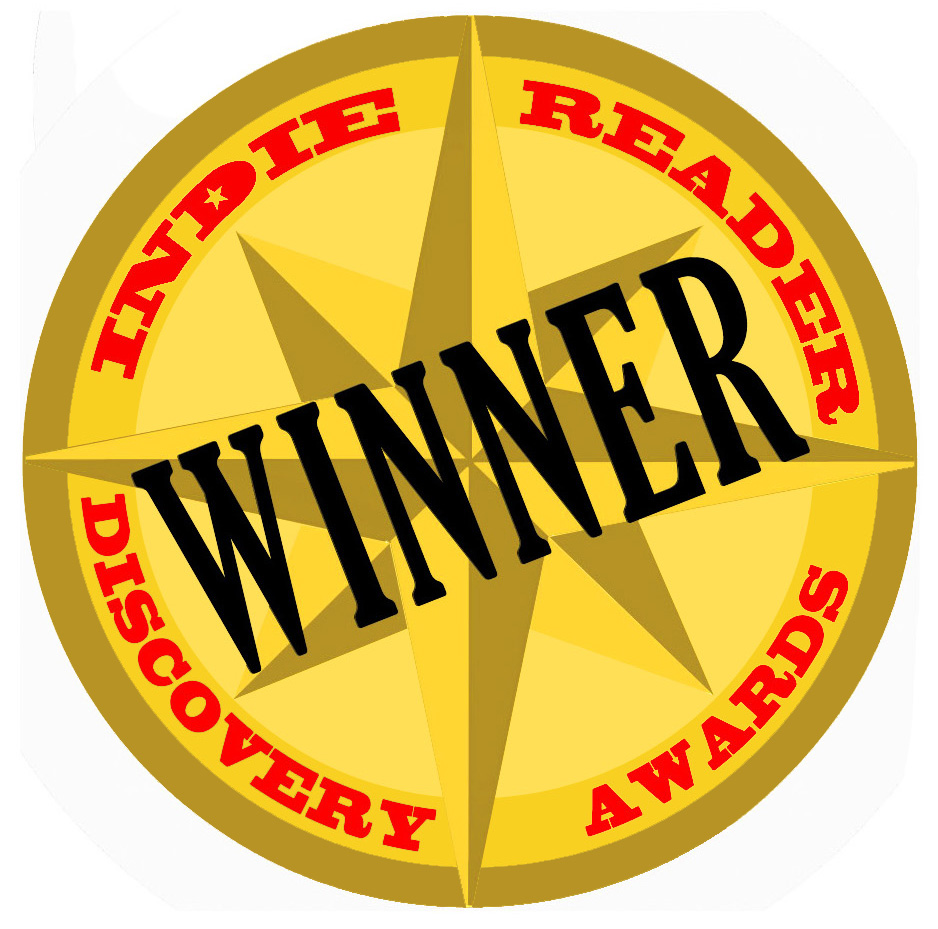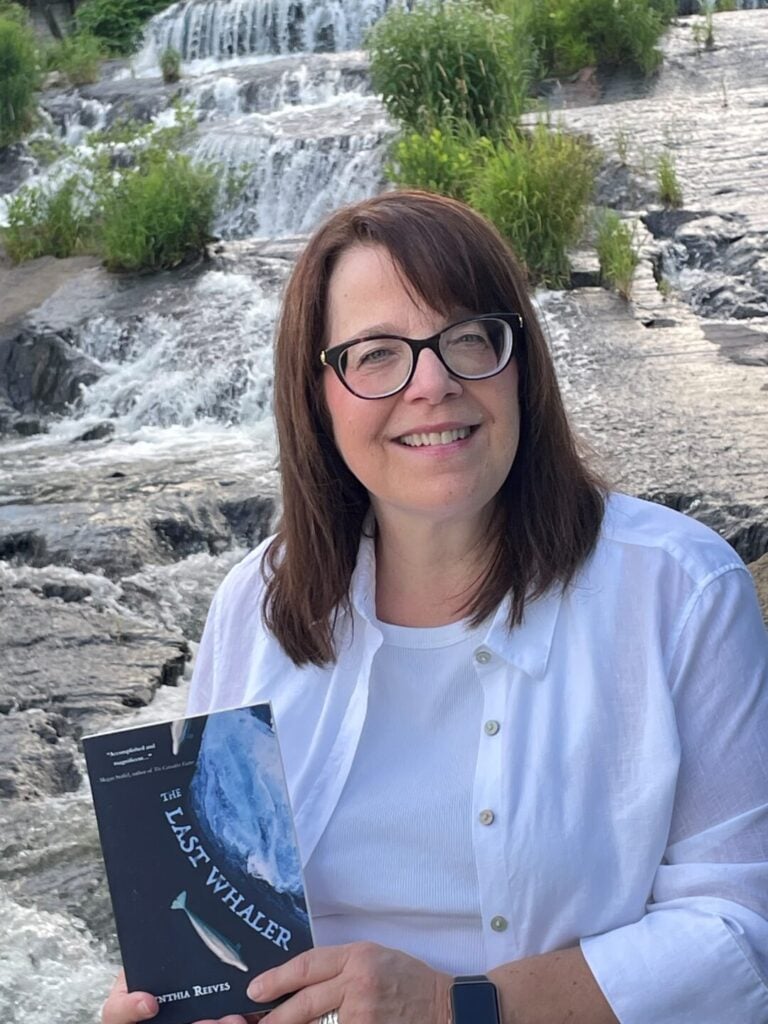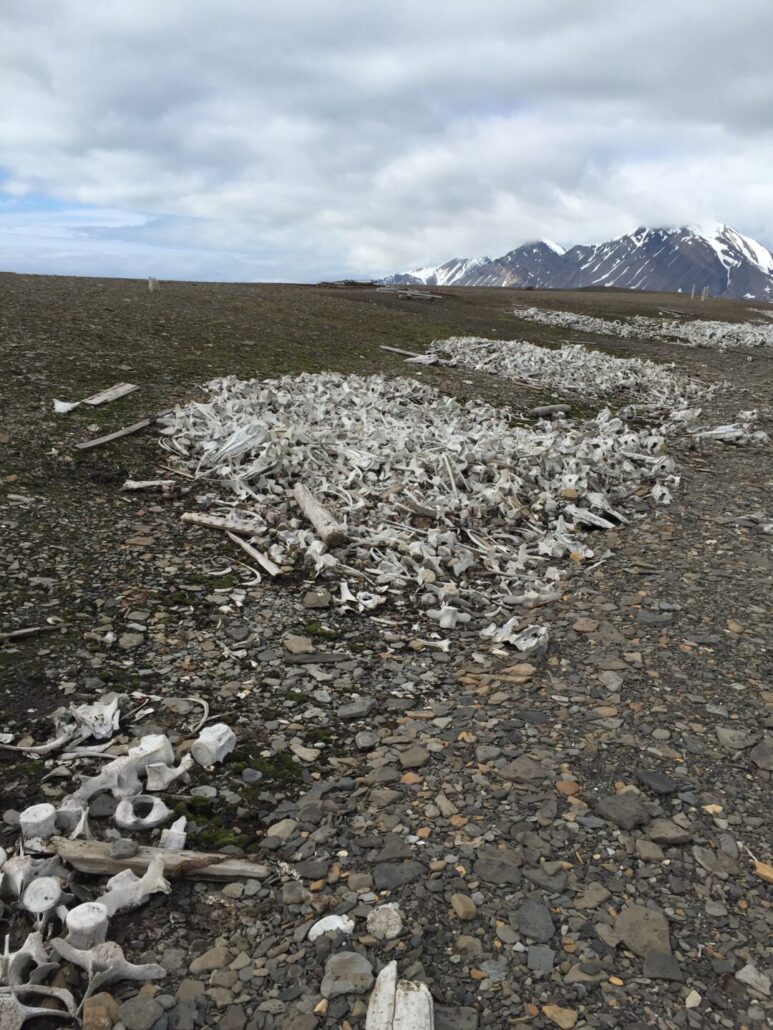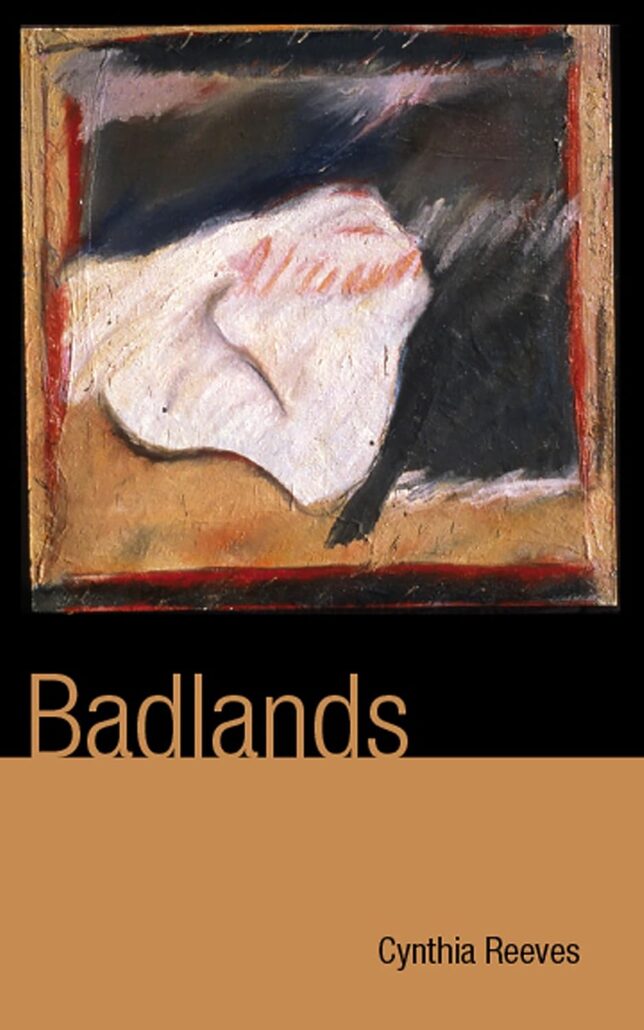
The Last Whaler was the FIRST PLACE Fiction winner in the 2025 IndieReader Discovery Awards, where undiscovered talent meets people with the power to make a difference.
Following find an interview with author Cynthia Reeves.
“What a thrill to be notified that THE LAST WHALER is the winner of IndieReader’s fiction award! Thank you for this recognition.! After years of work, it’s gratifying to find readers who love the novel. THE LAST WHALER originated on a remote beach in the Svalbard archipelago, the site of an abandoned beluga whaling station called Bamsebu. Stretching to the horizon were piles and piles of bleached beluga bones bearing silent testimony to the slaughter that occurred there in the 1930s. Set against this haunting sight, the novel follows the beluga whaler Tor Handeland and his wife, Astrid, a botanist specializing in Arctic flora, who are stranded during the dark season of 1937-38 at his remote whaling station when they misjudge ice conditions and fail to rendezvous with the ship meant to carry them back to their home in southern Norway. THE LAST WHALER is a story whose themes weave together the fragile threads that connect us to each other and, especially, to our environment.”
What is the name of the book and when was it published?
The Last Whaler was published on September 3, 2024.
What’s the book’s first line?
“Even on this desolate stretch of stony Arctic shore, on the archipelago Svalbard halfway between the northern coast of Norway and the North Pole, I must tell you there are consolations.”
What’s the book about? Give us the “pitch.”
Set against the haunting beauty and brutal extremes of the Arctic, The Last Whaler is a gripping tale of survival, love, and loss. The novel follows Tor Handeland, a beluga whaler, and his wife, Astrid, a botanist specializing in Arctic flora, who are stranded during the dark season of 1937-38 at his remote whaling station on Svalbard. Beyond enduring the Arctic’s twenty-four-hour night, the couple must cope with the dangers of polar bears, violent storms, and bitter cold—and Astrid’s unexpected pregnancy.
What inspired you to write the book? A particular person? An event?
Imagine this: You land by Zodiac at a remote beach on the southern shore of Van Keulenfjorden in the Svalbard archipelago, the site of an old beluga whaling station called Bamsebu, unprepared for what’s preserved there. Stretching to the horizon are whale bones, piles and piles of bleached beluga bones bearing silent testimony to the slaughter that occurred there in the 1930s. How is it, you wonder, that no one has been moved to incorporate this tableau into a story?
I was inspired to write The Last Whaler when I came upon this sight during my 2017 Arctic Circle Summer Solstice Expedition residency aboard the Antigua. Prior to this encounter, my love affair with the Arctic was satisfied only through books. My fascination started in childhood as I devoured tragic tales of doomed polar explorers. This early interest later merged with concern for the impacts of human intrusion and climate change on the Arctic’s fragile eco-systems. One night shortly after reading Hampton Sides’s In the Kingdom of Ice: The Grand and Terrible Polar Voyage of the USS Jeannette, I awoke from a dream to write the opening to a post-apocalyptic story of a botanist stranded in an ice cave with a hominin creature, which I called The Last Eden. From that beginning, I embarked on a series of stories linked by Arctic settings. To date, The Last Whaler is the most ambitious of these stories.
What’s the most distinctive thing about the main character?
Tor Handeland, the beluga whaler of the title, is deeply concerned with what motivates people’s actions, both honorable and immoral. He returns to Svalbard in the summer of 1947 in search of answers to that existential question—not only as it pertains to the motivations of others that led to tragedies in his personal life, but also the motivations of public persona such as polar explorers and politicians whose actions led to World War II.
Tor once believed that everything one chooses to do has a rational explanation. During his journey along the shores of the whaling station he once called his temporary home, he comes to recognize that this kind of thinking blinds one to motivations that may be—or are—inexplicable. For example, he wonders what would possess Hitler to pursue world war. Was it something long buried in the psyche, or even something Hitler himself didn’t understand? On a more positive note, Tor realizes that the polar explorers longed to make the unknown known and certainly desired the fame that came with being the first to reach a place that had never been reached before. But was this all that motivated them? he wonders.
Tor’s curiosity about human motivation is what drives the novel’s central action—his own journey to probe the limits of self-knowledge.
Who—real or fictional—would you say the character reminds you of?
As I was writing Tor, I imagined him physically resembling Olaf Storø, a Norwegian artist who lives on Svalbard and whose work I love. I collect his lithographs, which are tremendously evocative of the unique terrain of the archipelago and its fauna. He’s an imposing figure—tall, hale, with flowing white hair and beard—and so for me, he was the way to ground Tor in my imagination.
What’s the main reason someone should really read this book?
The Last Whaler is set at a remote whaling station on Svalbard in the 1930s and 40s. This setting is unusual in literary and historical fiction. I’ve been told that the novel makes readers feel as if they’re in the landscape, experiencing what the characters experience—the feel of bitter cold, the way the full moon illuminates a snowy landscape, the effect of the polar night on the psyche, and so forth. One of my intentions in writing the novel was to make readers fall in love with Svalbard’s pristine beauty—as I have—so that they understand the criticality of preserving the Arctic.
If they made your book into a movie, who would you like to see play the main character(s)?
I’d love to see the whole movie cast with Norwegian actors and filmed on location on Svalbard. Kristofer Hivju, the Norwegian actor who played Tormund Giantsbane in Game of Thrones, would be a perfect Tor Handeland his hair and beard bleached white. Ingrid Bolsø Berdal has the combination of fragility and toughness that I imagine Astrid, Tor’s wife, has. And of course, the filmmaker will have to be very careful casting the polar bear!
When did you first decide to become an author?
I’m the granddaughter of Italian immigrants, and our family had the Italian tradition of sharing a big meal on Sunday afternoons. In fact, even long into my adulthood, our extended family would gather for those meals at my parents’ home. Over the extended midday dinner, my mother and uncle would trade stories of their upbringing in Philadelphia and of my grandparents’ lives in Italy and immigration to America. When I was very young, perhaps seven or eight, I used to hunt and peck these tales on my mother’s old manual Remington typewriter, imagining that I was a writer.
My mother often told the story of her own mother (my grandmother) surviving the 1918 Spanish flu epidemic while her sister perished, calling for water to quench her thirst until her last breath. That image of two sisters sharing very different fates traveled with me down the years until I could finally understand enough about Italian history and that country’s involvement in World War I to write about their impact on my characters’ lives, primarily through the lenses of female protagonists.
Among my first published stories were adult versions of those childhood suppertime tales. In February 2024, these stories became the novel-in-stories Falling Through the New World (Gold Wake Press).
Is this the first book that you’ve written?
My first published book was the novella Badlands, which won Miami University Press’s 2006 Novella Prize. Badlands was inspired in part by a passage in Melvin Gilmore’s “The Truth of the Wounded Knee Massacre” regarding the genocide of Native Americans there in 1890: “There were about four hundred people in Big Foot’s band. […] Of the victims, there were 164 bodies buried at Wounded Knee [and] about one hundred survivors. The rest were not accounted for.” I was haunted by the idea of these 136 “disappeared” human beings. An image emerged of one such young woman, an infant strapped to her chest, dying while trying to protect her baby. From there, the novella evolved, exploring the central idea of how external events forever alter private lives.
How much time do you generally spend on your writing?
To be honest, I don’t have the most disciplined writing practice. I’ve always written in the interstices of my life until more recently, when caretaking of friends and family became less demanding. I admire writers who manage a stricter schedule. On the other hand, I’m fortunate that I can put aside a project and pick it up later without losing the thread of my imagination.
What’s the best and the hardest part of being an indie? Would you go traditional if a publisher came calling? If so, why?
The best part of being published by the indie Regal House Publishing is the attention they give to every aspect of publication—from developmental editing to copy editing to cover design. More importantly, Regal House works hard at creating a “family” of its authors. I’d find it hard to leave this kind of intimacy behind if I went with a traditional publisher. The major downside of the indies is that the onus of marketing and publicity falls on the writer.
Is there something in particular that motivates you (fame? fortune?)?
Aside from the pure pleasure of holding the published copies of my books for the first time, after years and years of work, my favorite aspect of this whole business is getting out into public places—libraries, bookstores, and cafés—to share my work and discuss the ways in which readers receive and interpret each story.
Which writer, living or dead, do you most admire?
It’s impossible to name just one writer I most admire. I’ve been influenced by A. S. Byatt’s Little Black Book of Stories, and especially the story “A Stone Woman,” its fascination with the natural world both as science and metaphor, its reimagining of myth, and its moving yet unsentimental core. Though set within a desolate, post-apocalyptic world, Cormac McCarthy’s The Road tempers this bleakness with the intensely loving father-son relationship at the story’s heart and by a worldview in which individuals transcend the most devastating conditions. And Andrea Barrett’s Voyage of the Narwhal and Ship Fever introduced me to the possibilities of weaving botany (and science generally) into the fictional landscape. All three writers explore in unique ways (as I like to) how the political shapes the personal.


